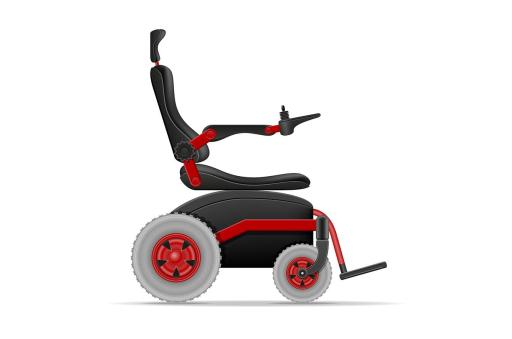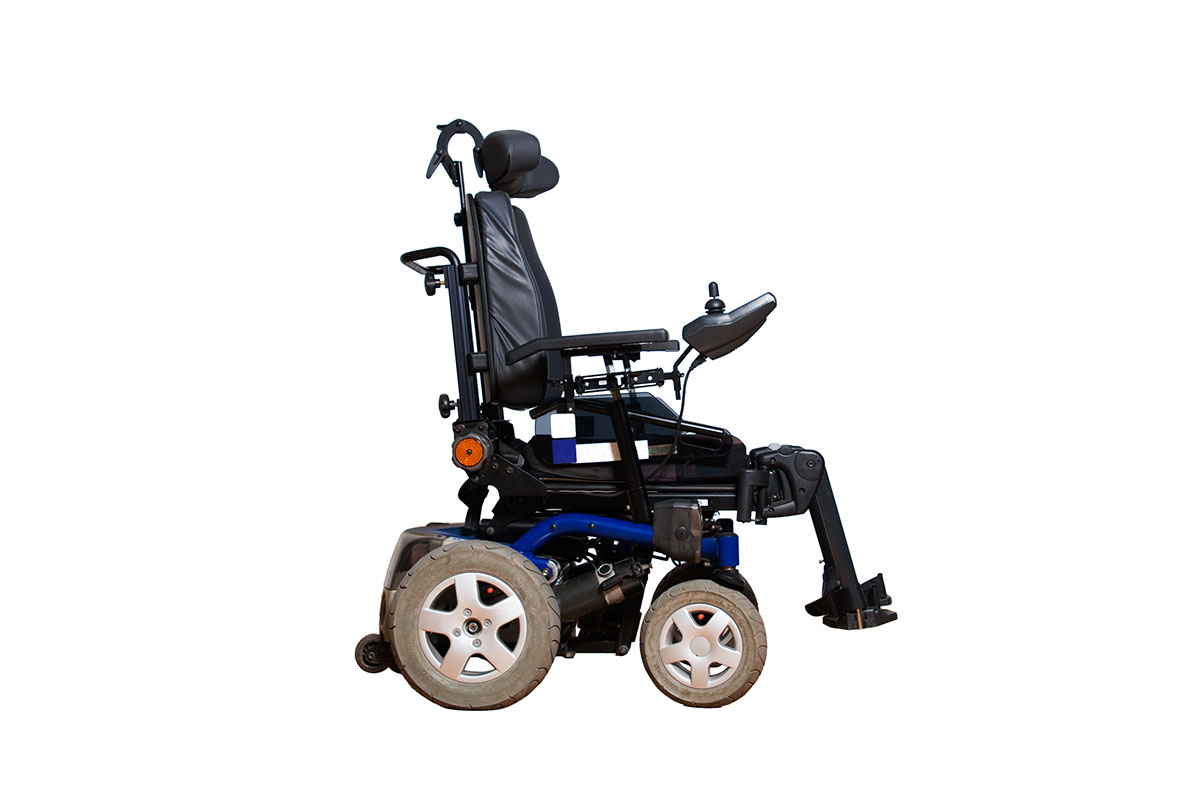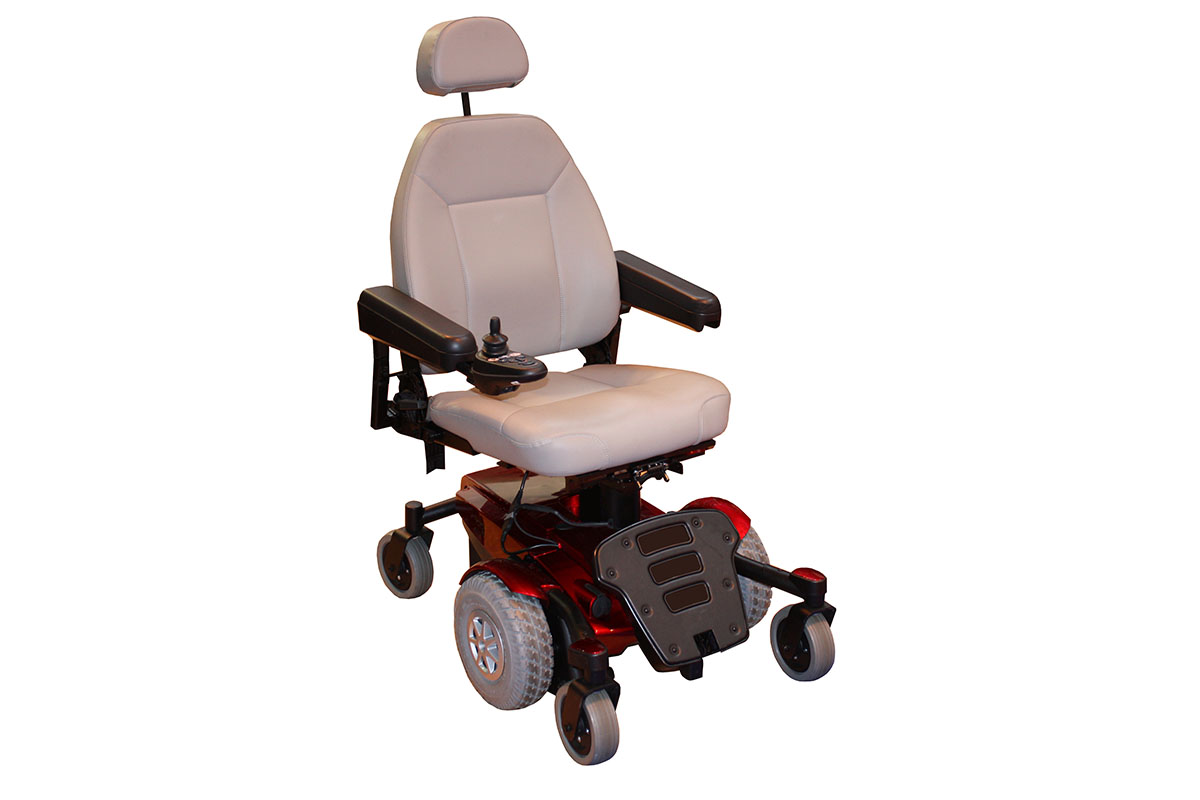
What are the various groups and classifications for power wheelchairs
Various groups and Classifications for Manual Wheelchairs
There are five different group classifications and tiers depending on capabilities or features in a manual wheelchair. Some medical devices are used for standard everyday use while other electric wheelchairs can be used for elevated speed or on rough terrain.
These various groups of wheelchairs are intended to help individuals with disabilities or for those with mobility limitations who need more assistance than canes and other equipment. Manual wheelchairs can also help those who still have persistent mobility problems that have not been resolved. A power mobility device can be a great short-term or long-term solution for some patients as well.

When deciding on a manual wheelchair, it is also important to recognize a few key factors. Things to consider when buying a wheelchair include the weight of the chair, the lighter the chair the easier it is to lift. The seat size is very important too as it connects the armrests and other parts of the chair. Lastly, the seat cushion is key as a soft and comfortable cushion will help your blood flow and will make for a comfortable seat. Below, you’ll find more important information about the various groups and classifications for manual wheelchairs.
How are manual wheelchairs grouped?
Manual wheelchairs are grouped in the following ways.;
- Transport wheelchairs - for travel and for short trips;
- Standard weight - your basic economy wheelchairs;
- Lightweight - wheelchairs weighing under 300 lbs. Great for travel and comfort (our most popular category);
- Ultra-lightweight - high-performance wheelchairs. Ideal for the 20 - 60-year-old active user;
- Reclining back wheelchairs - allows you to recline the chair. For people who spend all day in their wheelchair;
- Heavy Duty wheelchairs - for wheelchair users weighing over 300 lbs.;
Group 1 - Transport wheelchairs
These wheelchairs are lightweight and best known for their easy storage and folding capabilities. These lightweight mobility chairs are meant to be pushed by a family member or caregiver. Their small wheels make it impossible for the user to propel herself. Overall, they combine the function of a wheelchair with the portability of a rollator.
Group 2 - Standard weight
Standard wheelchairs have durable frames that cater to most people’s needs. Standard manual wheelchairs are the most frequently used wheelchairs in today’s market. Standard wheelchairs weigh over 35 pounds without the front riggings, they have a seat width and depth between 16 and 20 inches, and have fixed or detachable armrests.
Group 3 - Lightweight
Lightweight wheelchairs have many other advantages for users. One advantage of lightweight manual wheelchairs is that they are usually easier to fold and manage when moving them around from point A to point B. They are often more portable than conventional wheelchairs. Since they are lightweight, they are far easier to be used as a self-propelled chair, meaning that you can push yourself easily and enjoy the independence that comes along with having a lightweight manual chair.;
Group 4 - Ultra-lightweight
Ultra-lightweight wheelchairs are exactly what they sound like, ultra-lightweight. They range from 29-33 pounds and are usually made from aluminum. ultra lightweight wheelchairs that are considered folding wheelchairs. This means that the frame can be folded and stored in a small space, such as a vehicle trunk, car garage, or storage space.
Group 5 - Recliner wheelchairs
Reclinable wheelchairs are specially designed to allow a person to comfortably recline at incremental angles, while still feeling safe. These manual wheelchairs are typically used for accommodations of severe hip extension contractures, orthostatic hypotension, and pressure redistribution. Recliner wheelchairs work to better the user’s legs and feet and are used for maximum comfort and health benefits.
Group 6 - Heavy Duty wheelchairs
Heavy-duty wheelchairs, also known as extra-wide wheelchairs, are meant to have an extra weight capacity. They have reinforced cross braces and various other design features to ensure that there is reliable durability to handle the extra support. Whether it is the additional weight capacity requirements or simply a wider seat width, there is a wide range of heavy-duty wheelchairs.

There is no way to rate these manual wheelchairs, as they all meet the different needs of different users. The way to find the best manual wheelchair is to figure out what manual wheelchair would work best for your body type, medical condition, or other mobility issues that cause you to need a wheelchair.;
How long does a wheelchair last?
All manual wheelchairs were not created equal. They all have a different “shelf life.” Most manual wheelchairs will last for at least five years, considering they are well-maintained by their user. They are all durable, but some are stronger than others, such as the heavy-duty wheelchair over a transport wheelchair. As a user, you must make sure you keep up with the maintenance requirements and it should last you many years!
Where can I buy a manual wheelchair?
At Marc’s Mobility, we offer a variety of manual wheelchairs, at all different price points. Because we carry all the different manual wheelchairs we grouped above, they all do have correlating prices to their bodies and classifications. We have top brands for sale, as well as used manual wheelchairs available. Our inventory is affordable, diverse, and ready for you to take a look at.
In conclusion, these different group categories allow us to better understand all the features and capabilities of mobility scooters and manual wheelchairs that can greatly improve mobility issues for our clients to accomplish everyday tasks with ease. Take a look at our inventory to find the best fit for you!

